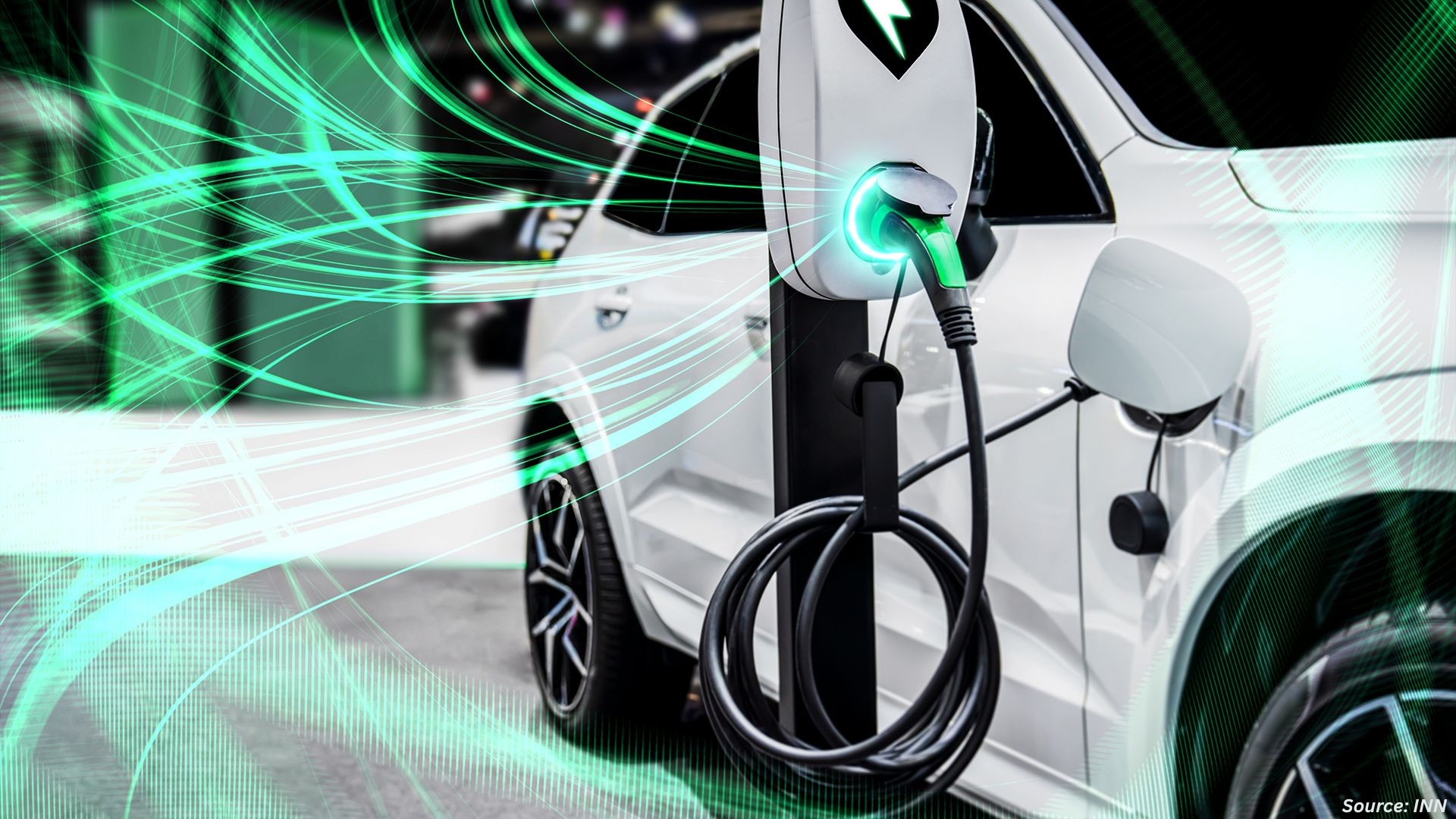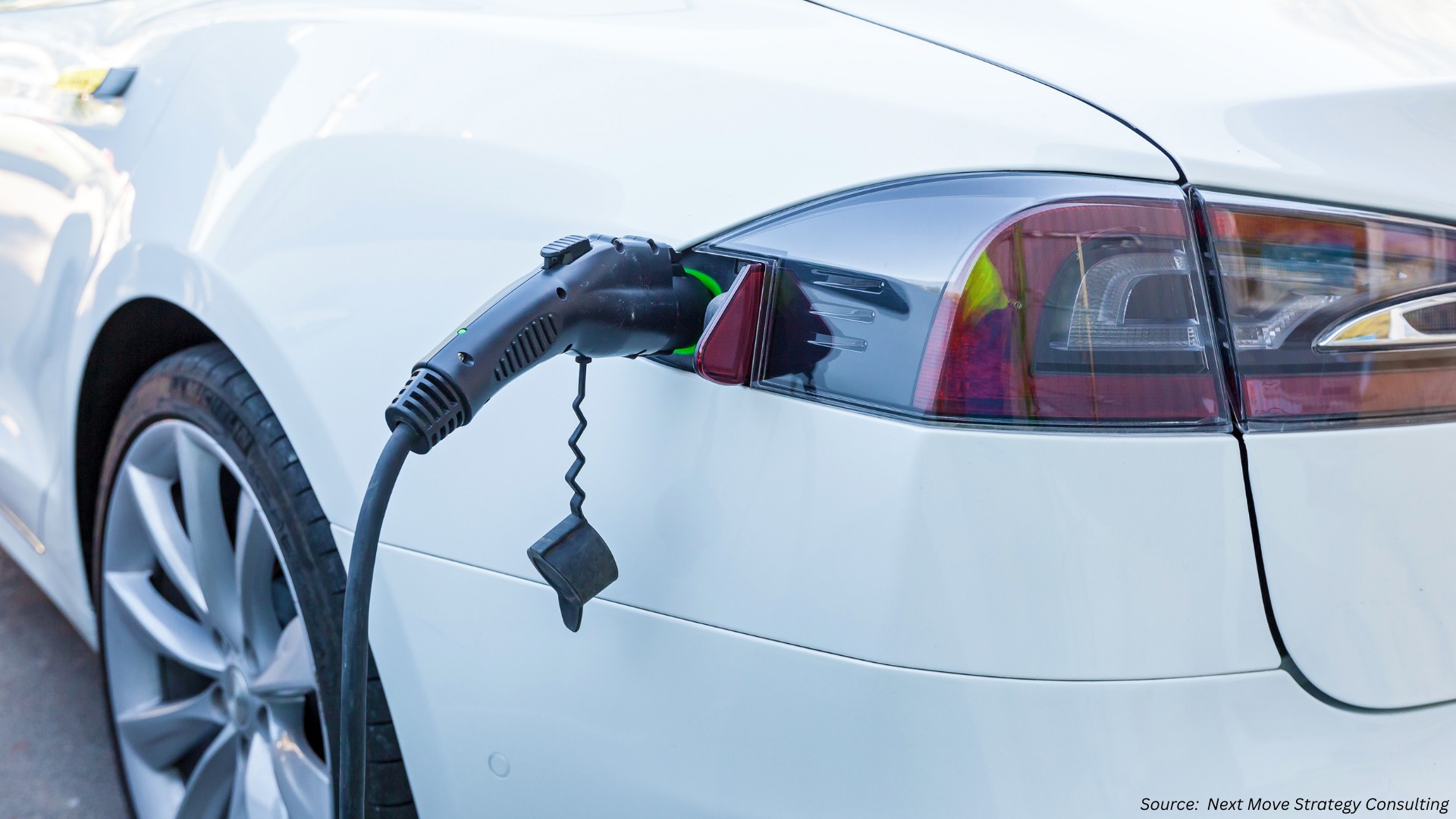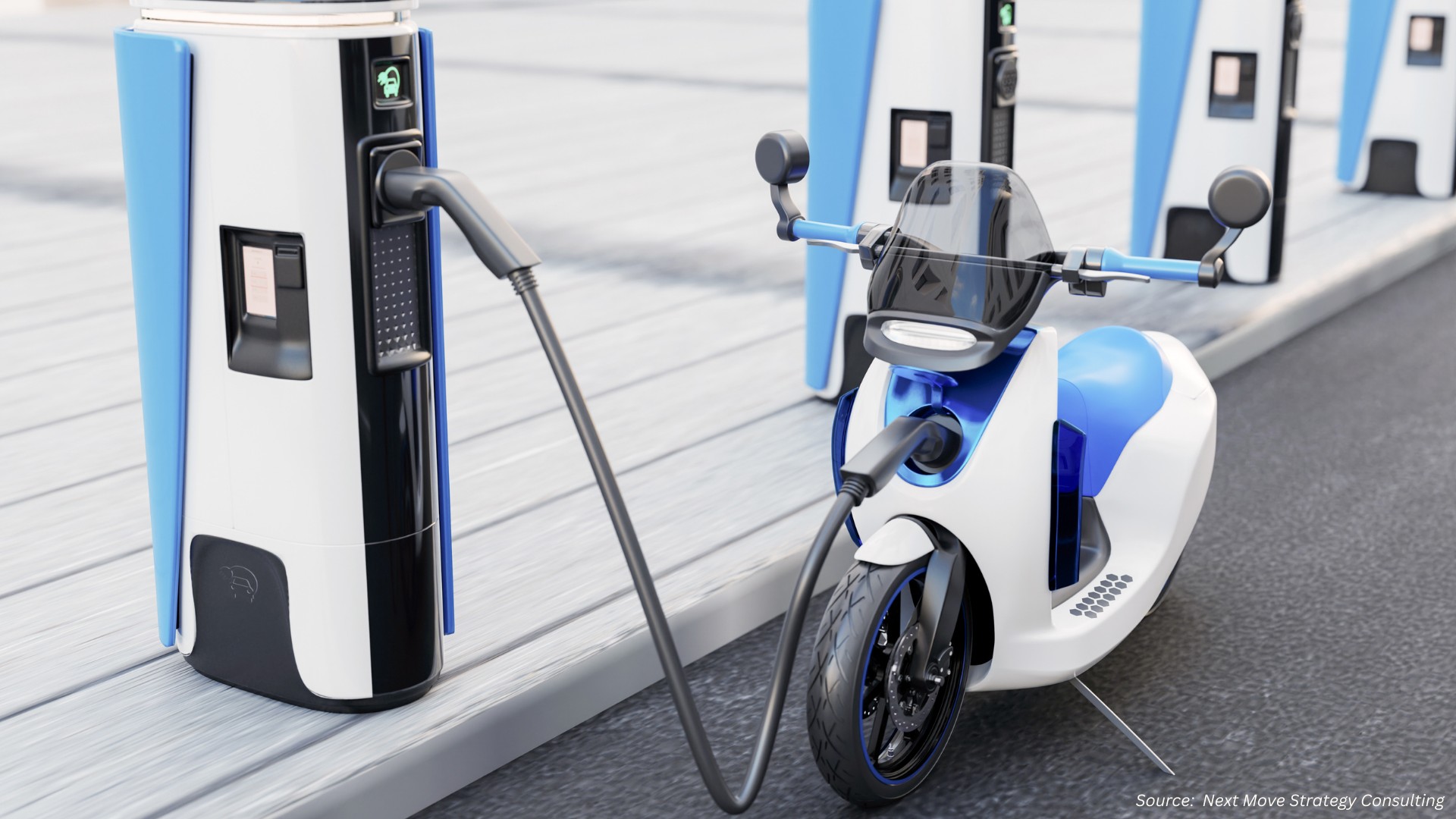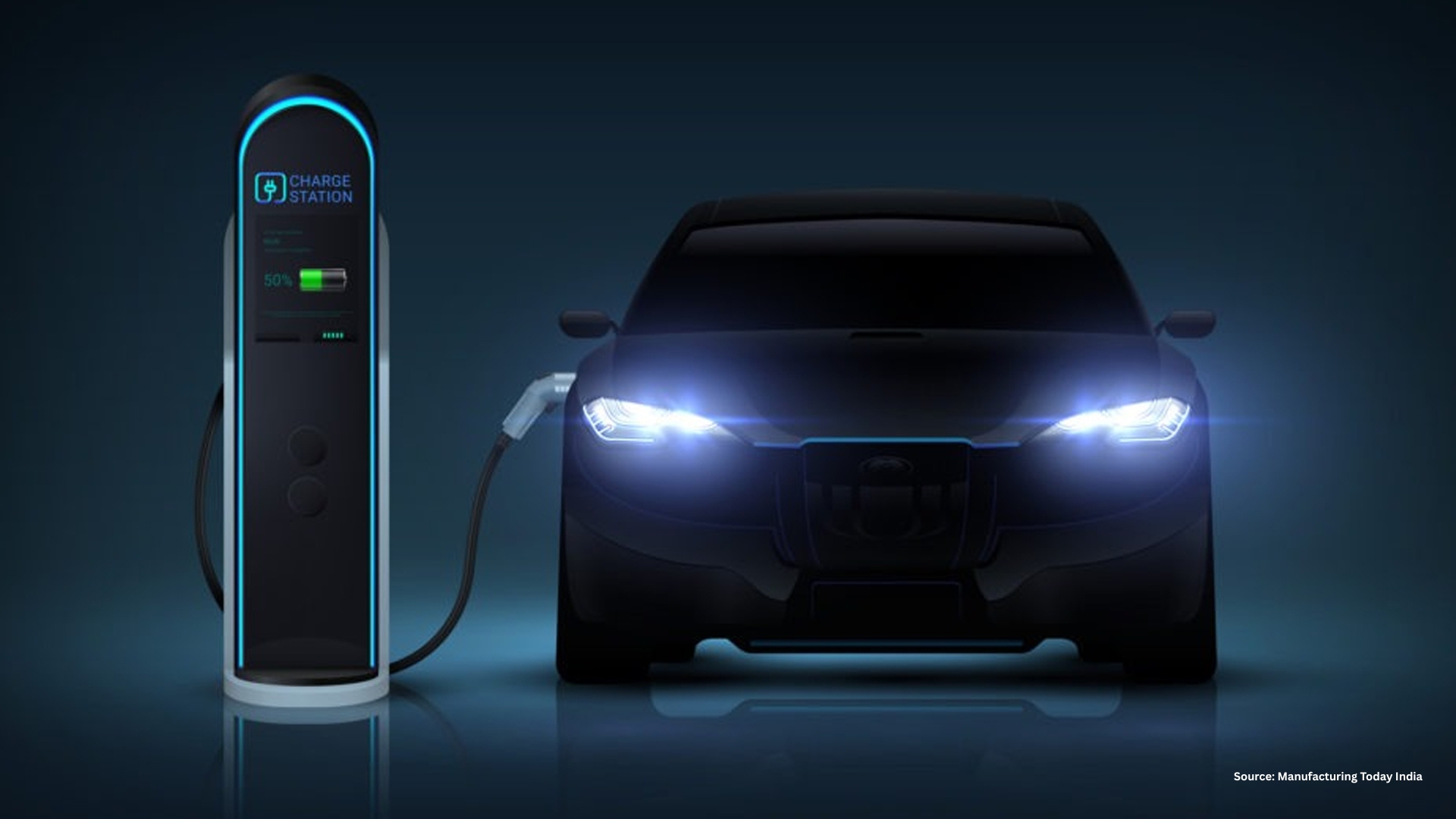How Are Sensors Reshaping the EV Sensor Market In 2025?
Published: 2025-10-03

Electric vehicles are becoming smarter not only because of software but because new hardware sensors supply higher-quality data. Two 2025 product announcements — ZF’s next-generation Smart Chassis Sensor and Continental’s e-Motor Rotor Temperature Sensor (eRTS) — show how sensor innovation is changing vehicle safety, efficiency and component choices.
New chassis and rotor sensors are moving the EV sensor market from estimation to direct measurement, enabling new features and supply-chain benefits.
-
Direct rotor temperature sensing improves motor control and material choices.
-
Smart chassis sensors add 3D acceleration and chassis health monitoring.
What does ZF’s next-generation Smart Chassis Sensor add to the EV Sensor Market?
What is new? ZF has upgraded its Smart Chassis Sensor so it measures wheel height and now captures acceleration in three dimensions, integrating an accelerometer into the ball-joint-embedded sensor. This expanded data set enables features such as continuous chassis health monitoring, load detection, force detection and active noise cancellation.
Why does that matter for the EV Sensor Market? By embedding high-precision sensing into a standard suspension ball joint, ZF reduces the number of separate sensors required, simplifies integration and unlocks software functions across braking, damping and steer-by-wire systems. The sensor is already in production use (first generation on Cadillac Celestiq) and the next generation extends those capabilities.
ZF’s sensor turns a mechanical suspension part into a data node — enabling predictive maintenance and richer vehicle control.
-
3D acceleration data enables “Chassis Health” diagnostics.
-
Integration supports damping and steer-by-wire improvements.
How does Continental’s eRTS change Electric Motor design and Supply Chain choices?
What is the eRTS? Continental’s e-Motor Rotor Temperature Sensor (eRTS) measures temperature directly on the rotor (close to the magnet) for the first time, replacing software-only temperature projection approaches. The company reports a reduction in temperature measurement tolerance from up to 15°C (software-based estimation) down to 3°C with the eRTS.
What are the practical impacts? With a tighter tolerance (3°C vs 15°C), vehicle manufacturers can reduce the safety margins that require additional rare earth elements to protect magnets against demagnetization. That can lower material cost and reduce reliance on rare-earth inputs, while also creating scope to improve motor performance by operating closer to true thermal limits. Continental notes rotors can operate in temperatures up to ~150°C, which is why direct rotor temperature measurement is valuable.
Direct rotor temperature sensing shifts motor design from conservative over-engineering toward optimized material use and potentially better performance.
-
eRTS lowers measurement tolerance from 15°C to 3°C.
-
Lower tolerance enables reduced rare earth use and potential performance gains.
How do these Two Sensor Classes change OEM and Supplier Strategies?
Table — quick comparison (key facts from 2025 announcements)
|
Feature |
ZF Smart Chassis Sensor (next-gen) |
Continental eRTS (rotor temp) |
|
Primary function |
Wheel/ chassis motion + 3D acceleration |
Direct rotor temperature measurement |
|
New capability (2025) |
Chassis health, load detection, active noise cancelation. |
Reduces temperature measurement tolerance from 15°C to 3°C; protects magnets and reduces rare earth dependency. |
|
Integration point |
Embedded in ball joint; networks to damping/steer-by-wire systems. |
Wireless mote at rotor + wired transducer outside motor; connected to inverter control. |
|
Design / cost impact |
Fewer separate sensors, more software functions. |
Potential material cost savings (rare earths) and higher motor efficiency. |
Together, chassis and rotor sensors move OEMs toward fewer but higher-value sensors and tighter thermal and mechanical control — a shift with engineering, procurement and software implications.
Next Move Strategy Consulting View
What should decision makers watch for? Sensors will become system-level enablers, not just point-measurements. Suppliers that bundle sensor hardware, signal conditioning and vehicle software functions are likely to capture more value.
Two immediate implications: (1) electric motor supply chains may see reduced demand for rare earths per motor if direct rotor sensing becomes standard, and (2) chassis control architectures will increasingly rely on embedded sensing for predictive maintenance and user features.
-
Pursue integrated sensor + software offers to deliver OEM value.
-
Validate direct rotor temperature sensing in pilot fleets to quantify rare-earth savings.
What are the next steps for OEMs, Tier-1s and Investors?
Actionable takeaways (Next Steps — 3 to 5 items)
-
Run targeted pilot programs. Validate eRTS rotor sensors on a small fleet to measure actual rare-earth savings and performance uplift.
-
Assess sensor consolidation opportunities. Quantify total systems cost and lifecycle benefits of replacing multiple sensors with integrated nodes like ZF’s Smart Chassis Sensor.
-
Align software roadmaps. Ensure vehicle software stacks can consume higher-fidelity sensor data (chassis health, rotor temp) and convert it into range, maintenance and NVH features.
-
Review supply-chain exposure. Model scenarios where reduced rare-earth usage materially lowers procurement risk and cost.
Conclusion — what should readers Take Away?
New sensor designs announced in 2025 are more than incremental parts: they are strategic enablers. ZF’s next-gen Smart Chassis Sensor brings multi-axis motion data into the suspension node to enable health monitoring and software features; Continental’s eRTS brings direct rotor temperature measurement that can materially reduce tolerance margins and rare-earth requirements. OEMs that pilot these technologies early, and that coordinate hardware, software and procurement strategies, will convert sensor data into cost, performance and sustainability advantages.
About the Author
 Joydeep Dey is an SEO Executive, Content Writer, and AI expert with 2½ years of experience.
He specializes in SEO strategy, impactful content, and AI-driven solutions. Passionate about simplifying complex ideas, he helps boost visibility and engagement.
Joydeep Dey is an SEO Executive, Content Writer, and AI expert with 2½ years of experience.
He specializes in SEO strategy, impactful content, and AI-driven solutions. Passionate about simplifying complex ideas, he helps boost visibility and engagement.
About the Reviewer
 Sanyukta Deb is a skilled Content Writer and Digital Marketing Team Leader, specializing in online visibility strategies and data-driven campaigns. She excels at creating audience-focused content that boosts brand presence and engagement, while also pursuing creative projects and design interests.
Sanyukta Deb is a skilled Content Writer and Digital Marketing Team Leader, specializing in online visibility strategies and data-driven campaigns. She excels at creating audience-focused content that boosts brand presence and engagement, while also pursuing creative projects and design interests.
















Add Comment